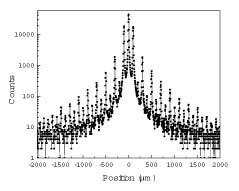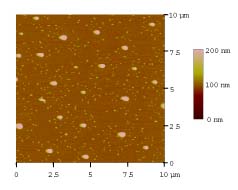Submitted to Journal of Applied Physics. March 2006
Electron diffraction from metal coated free standing nano-fabricated gratings is presented, with a quantitative path integral analysis of the electron-grating interactions. Electron diffraction out to the 20 th order was observed indicating the high quality of our nano-fabricated gratings. The electron beam is collimated to its diffraction limit with ion-milled material slits. Our path integral analysis is first tested against single slit electron diffraction, and than further expanded with the same theoretical approach to describe grating diffraction. Rotation of the grating with respect to the incident electron beam varies the effective distance between the electron and grating bars. This allows the measurement of the image charge potential between the electron and the grating bars. Image charge potentials that were about 15% of the value for that of a pure electron-metal wall interaction, was found. We varied the electron energy from 50 eV to 900 eV. The interaction time is of the order of typical metal image charge response times and in principle allows the investigation of image charge formation. In addition to the image charge interaction there is a dephasing process reducing the transverse coherence length of the electron wave. The dephasing process causes broadening of the diffraction peaks and is consistent with a model that ascribes the dephasing process to microscopic contact potentials. Surface structures with length scales of about 200 nm observed with a STM, and dephasing interaction strength typical of contact potentials of 0.35 eV support this claim. Such a dephasing model motivated the investigation of different metallic coatings, in particular Ni, Ti, Al, and different thickness Au-Pd coatings. Improved quality of diffraction patterns were found for Ni. This coating made electron diffraction possible at energies as low as 50 eV. This energy was limited by our electron gun design. These results are particularly relevant for the use of these gratings as coherent beam splitters in low energy electron interferometry.

